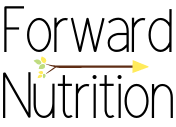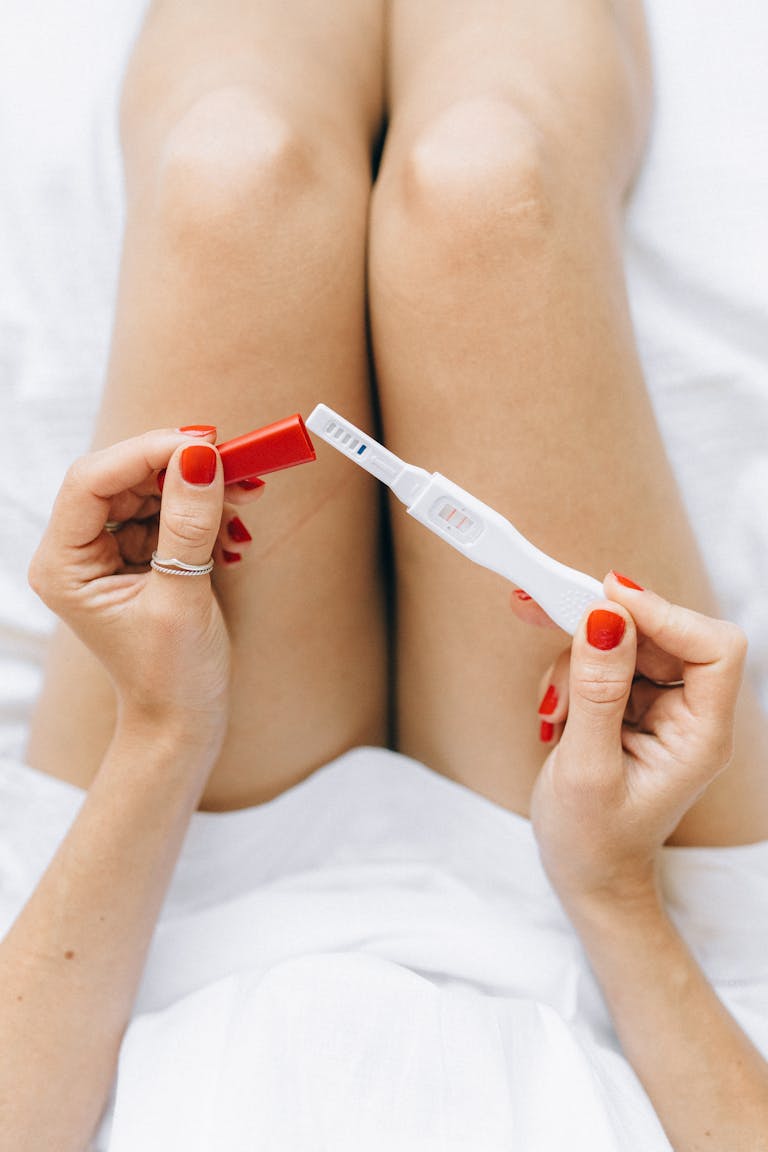Introduction
Recovering from an eating disorder is a multifaceted, challenging, and complex process. However, there are 10 indicators that you can reference that demonstrate you have officially entered the recovery phase. Keep in mind, everyone’s eating disorder journey is different and these indicators should be used as a guide rather than a ‘one size fits all’ approach.
Recovery Sign #1: Weight Stability & Hormone Balance
Have you reached your goal weight and are you able to maintain this weight? Weight restoration and maintaining a stable weight through healthy, regular eating practices demonstrate you are on the road to (or have reached) recovery. For many menstruating females, maintaining your new healthy weight has had a positive impact on your hormone balance, as shown through the natural restoration of your cycle. You may also notice your stress hormones (e.g. cortisol) stabilizing, leading to an improved mood and decreased fatigue throughout the day.
Sign #2: Intuitively Eating & Restoration of Hunger Cues
Recovery includes recognizing and honoring hunger cues by promptly eating a snack or meal, as appropriate. Intuitive eating techniques are utilized and meals are consumed in a judgment-free space. Listening to your internal cues becomes easier.
Sign #3: Regular, Controlled Eating Patterns
Consuming three meals and up to three snacks per day is the foundation to establishing and maintaining healthy dietary eating patterns. Eating consistently also stabilizes hormones and blood sugars, as well as supports gut function.
Sign #4: Joyful Movement/Exercise
You are engaging in regular, joyful movement to feel good, rather than as a means to burn calories or change your shape. Regular movement promotes the production of endorphins, which helps to decrease stress and anxiety, as well as improve mood.
Sign #5: Gut Healing
Gone (or lessened!) are the symptoms of unwanted GI symptoms such as diarrhea and constipation due to restrictive eating/purging. Your GI system is now more regulated due to healthy consumption of foods. Laxatives and diuretics are no longer used as a means to change your body shape or size.
Sign #6: Eating with Others
You are now comfortable eating in the company of friends and family in a public setting or in the homes of others.
Sign #7: Stable Metabolism
Your metabolic rate has “reset” and been restored, demonstrated by a reduction in food cravings, an ability to maintain a stable weight, and an improvement in nightly sleep patterns.
Sign #8: Varied Diet
The anxiety and guilt that may have previously impacted your ability to consume a variety of foods is no longer guiding your meals. You have expanded your diet to include a wide range of all food groups, increasing your daily nutrient intake. Previously feared foods are now eaten regularly.
Sign #9: Mindset Shift
Key characteristics of previous behaviors (e.g. calorie counting, restriction, purging, measuring foods, etc.) have stopped. You now spend less than 20% of your day thinking about hunger, weight, and/or food. Now you’re freed up time and space to think about all the other things you can do!
Sign #10: Self-Acceptance & Self-Love
You have reached the milestone to accept your body size and shape, and perhaps even adopted self-love practices. Check out my post on body neutrality for more information on the difference between body neutrality and body positivity (both of which are awesome)!



